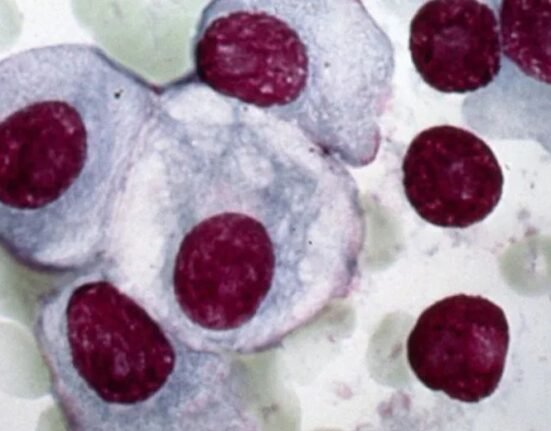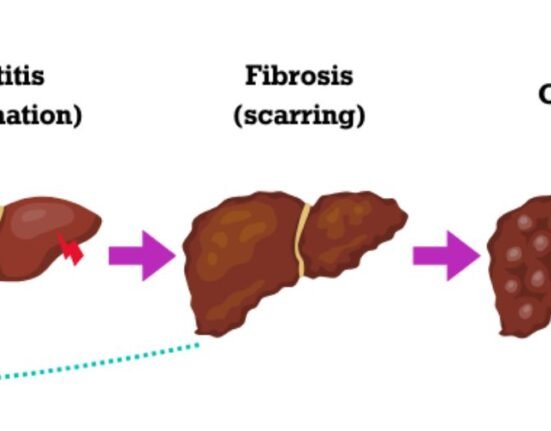HQ Team
September 20, 2025: The US drug regulator, the Food and Drug Administration, has approved Merck & Co.’s new formulation of its cancer drug Keytruda that can be administered under the skin for adults.
Keytruda Qlex, a combination of pembrolizumab and berahyaluronidase alfa-pmph, is an injection for subcutaneous administration that can be used to treat most types of solid tumours for which Keytruda is usually prescribed.
Berahyaluronidase alfa is a special form of enzyme called human hyaluronidase, developed and manufactured by Alteogen Inc. This enzyme helps the medicine work better when given under the skin.
“This approval is significant for patients and health care providers like me who have been using immunotherapies for years to treat certain cancers,” said Dr J. Thaddeus Beck, oncologist and Medical Director of the Highlands’ Clinical Trials Office.
“One minute every three weeks’
“We now have a new option with a broad set of indications that has demonstrated comparability with intravenous (IV) pembrolizumab but in a subcutaneous injection that can be administered in one minute every three weeks or two minutes every six weeks,” he said.
Keytruda was first approved in 2014 and is used to treat multiple types of cancer. It generated nearly $30 billion in global sales last year. The drug’s expected patent is set to expire in 2028.
Merck stated that the medicine would be available in the US market by late September.
As a subcutaneous injection, it can provide added convenience compared to intravenous Keytruda because it can be administered in multiple settings, from an infusion centre to a doctor’s office or a local community-based clinic, providing more options where patients can receive their treatment.
Treatment flexibility
Keytruda Qlex also provides flexibility in treatment administration. It can be administered in one minute every three weeks or in two minutes every six weeks, requiring substantially less time to administer than a 30-minute intravenous infusion.
It also offers a choice of injection site in the thigh or abdomen, avoiding the five-centimetre area around the navel.
For patients who do not require a port or whose veins are difficult to access, subcutaneous administration may simplify treatment administration.
“At Merck, we are committed to putting patients first, as we work relentlessly to discover new options that may help patients manage their treatment in a way that fits their needs,” said Dr Marjorie Green, senior vice president and head of oncology, global clinical development, Merck Research Laboratories.








